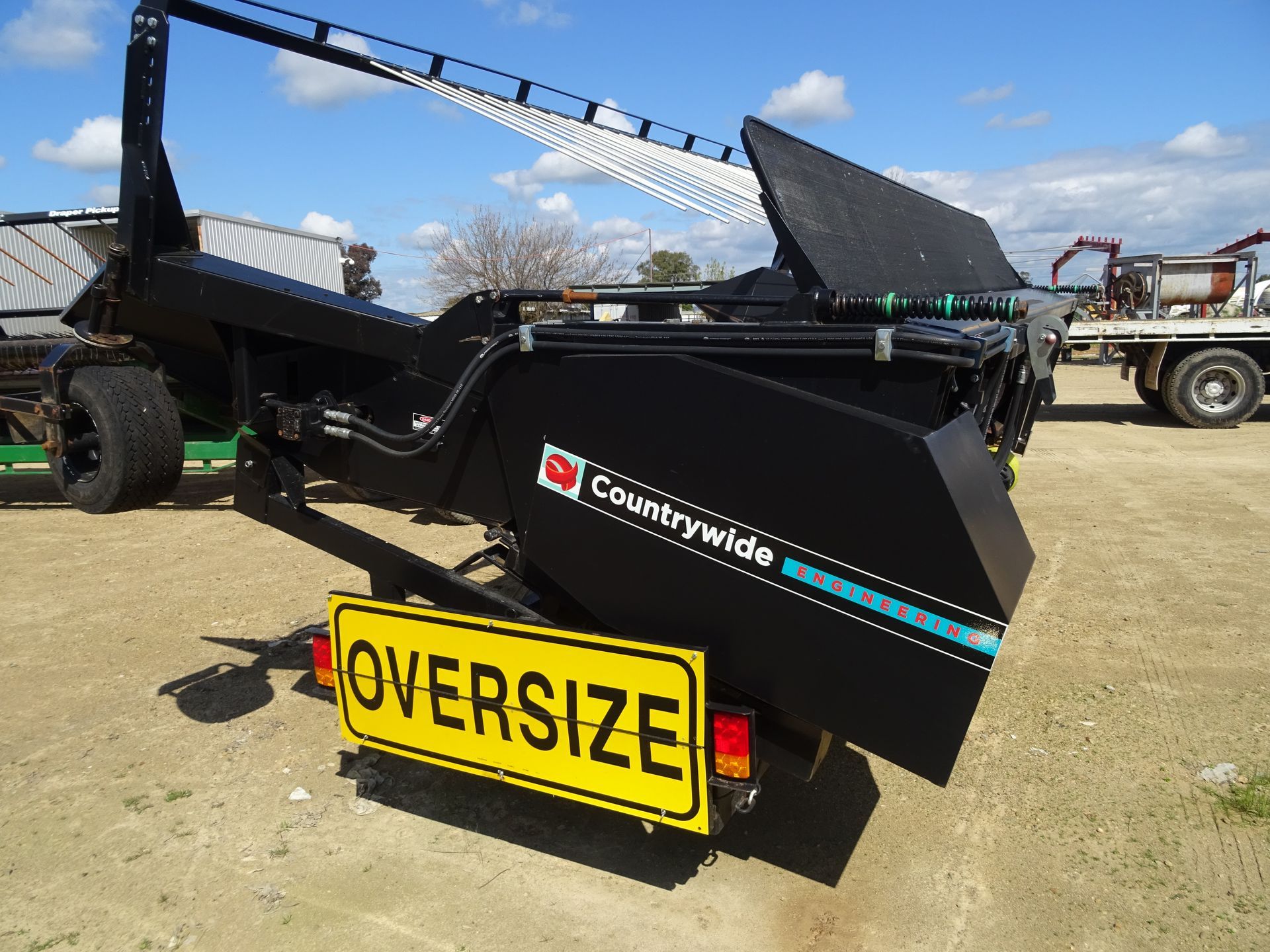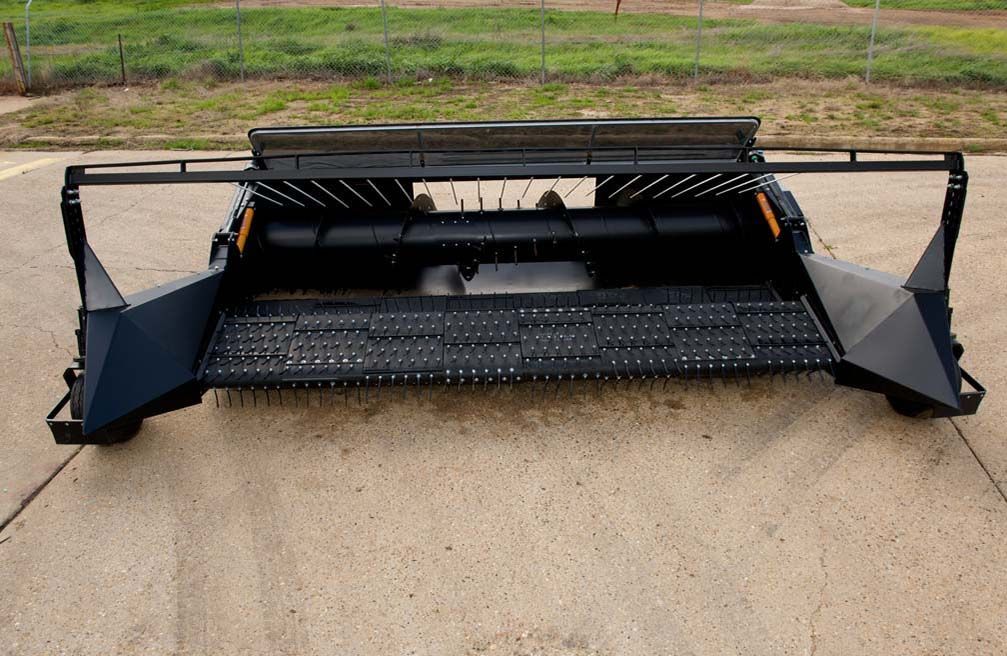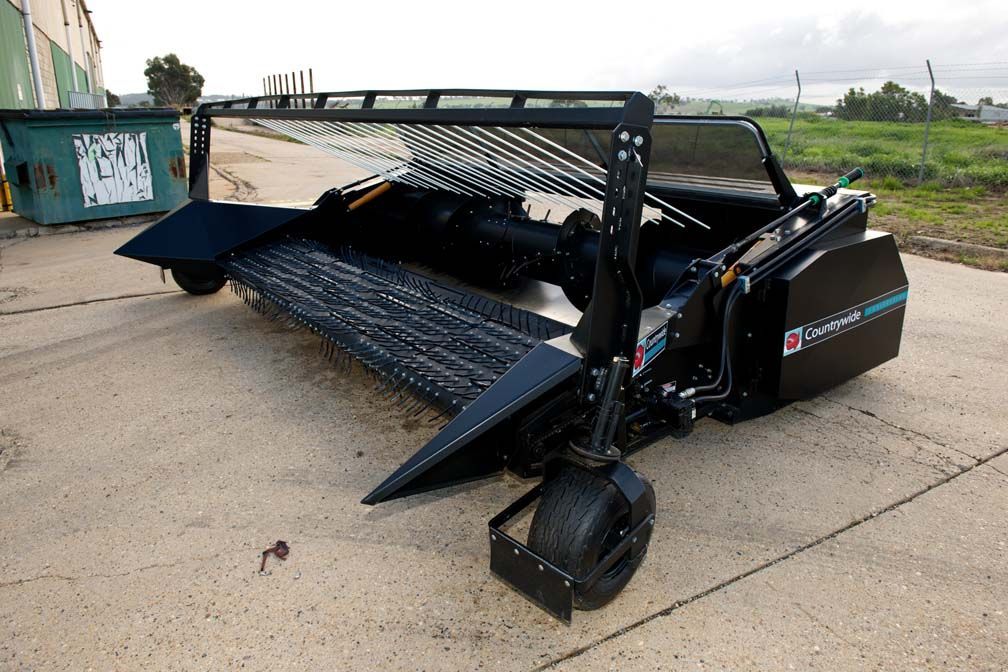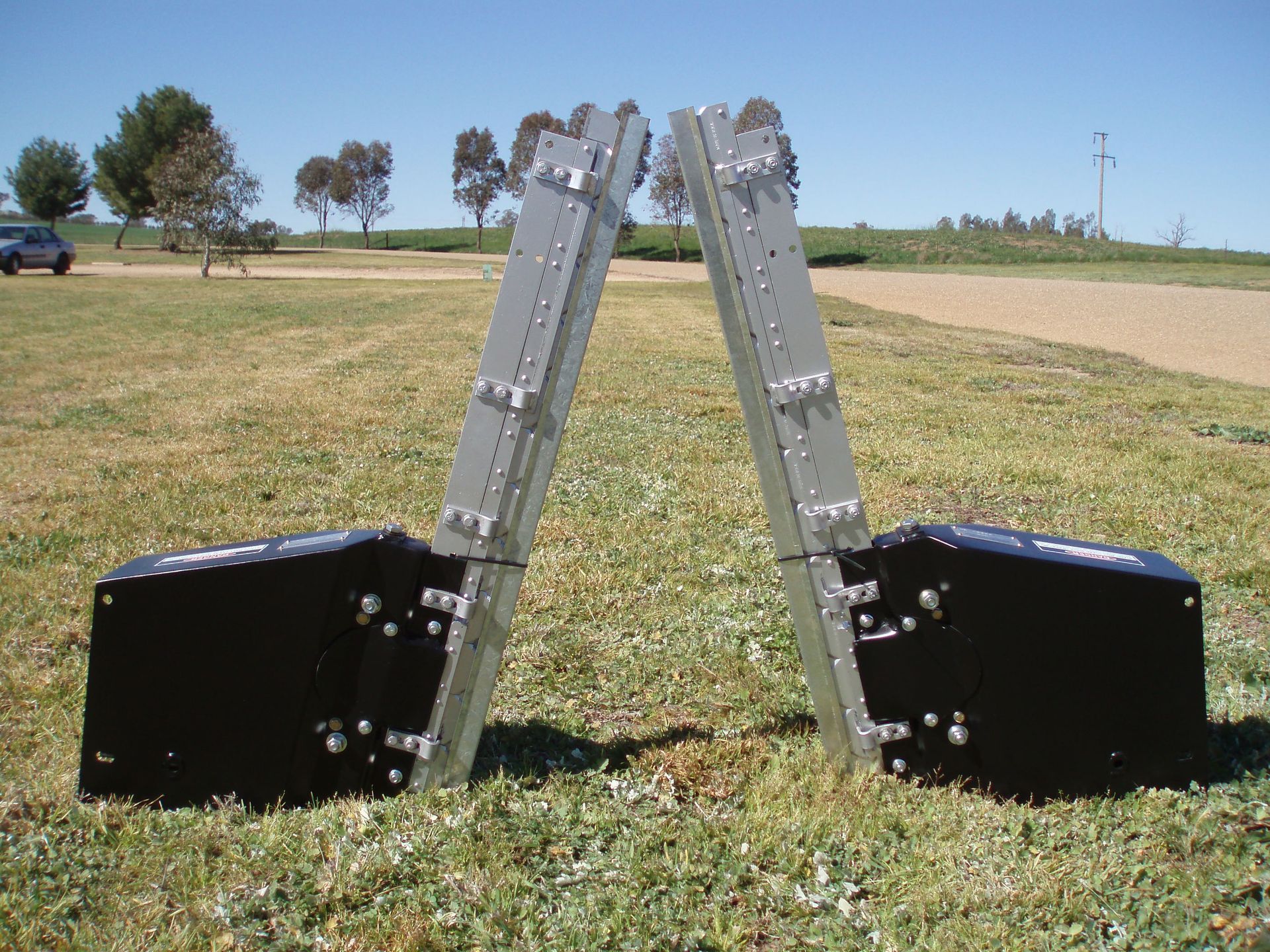1MG FlippingBooks
The Succession Plan — Looking to the future in Aussie manufacturing
Countrywide Engineering’s Tom Grigg is calling for young Australians to save our local manufacturing industry.

“I’m gearing up to get out,” Tom Grigg says, fourteen years into managing one of Wagga Wagga’s thriving manufacturing centres. “That’s what the concept is, succession planning.”
Countrywide Engineering is known for its ability to manufacture Australian-made products tailored to the community’s needs. Historically, that’s been canola farming products like their customer-favourite Draper pick-up fronts. As the COVID-19 pandemic wore on, it expanded into telecommunications products including their cable cover strips and hooks. Tom’s team found success in responding to demand no matter the niche, and now the 72-year-old is looking to pass the torch.
According to the University of Washington, a succession plan helps an organisation identify future staffing needs and related job allocation. To Tom, a fierce advocate for Australia’s economic independence, it’s about more than his own organisation; it’s about keeping the local manufacturing industry alive.
“We should all try to encourage somebody to get into manufacturing,” he urges in a recent interview.
Tom entered the manufacturing industry at 40 years of age, starting as a boilermaker, before moving on to building, and finally buying his company. Though he calls himself a “late starter”, the CEO remembers a rich manufacturing sector late last century when Australians built cameras and Holden cars. He remembers growing his company as his surroundings shrank.
According to Tom, Australian manufacturing businesses have been squeezed by two factors in recent decades: an unreliable global supply chain and a high cost of compliance. He notes Incitec Pivot’s 2021 announcements that they would shut down their urea plants, despite having “oodles of gas”. So how come business is booming for Tom Grigg?
“It’s related to size,” he explains. “You’re down at a level where a big business couldn’t operate.” Local companies, usually operated by fewer people and servicing smaller jobs, can be cheaper for the clients who require those services. Incitec Pivot–sized organisations can’t serve more community-driven projects, which is where Countrywide Engineering finds its work and flourishes.
It’s also related to versatility. Though Countrywide Engineering’s owner doesn’t take much personal credit for it, he’s able to provide for canola farmers, telecommunications projects, and even the aviation industry with a range of services. He calls his team “yes people” and “people pleasers”, insisting, “There’s nothing too hard not to have a go at.”
To Tom, his own success as a smaller manufacturer begs the question: “Why aren’t there more people doing it? Why isn’t there more competition?”
More than 30 years into his career, Tom is calling to bring the competition back. His succession plan isn’t just finding positions at Countrywide Engineering; it’s finding young Australians willing to take up the mantle of reviving our local manufacturing sector.
So, how exactly do we do that?
THE SUPPLY CHAIN
Essentially, “the supply chain” describes how raw materials become finished products, delivered to consumers. In 2023, this process runs around the globe, with manufacturers purchasing raw materials, parts, and machinery from various countries depending on cost. The globalised supply chain has cheapened some manufacturing processes, but also caused delays in times of crisis like the COVID-19 pandemic.
“Even though some of the supply comes from manufacturing within Australia, there have been difficulties with the supply chain over the last few years,” Tom notes in his interview. You can’t build a trailer now if the wheels won’t arrive for another six months.
Tom’s world-wide suppliers span from Germany to Sydney to Japan. Unfortunately, the majority of steel used in Australian manufacturing isn’t locally made steel, he says: “Most of it is from Korea, Taiwan, Japan, and maybe some from China.”
In Tom’s experience, our country’s manufacturers can’t rely on overseas companies to prioritise Australian delivery when supply is backed up elsewhere. He describes our market as “too small” for major corporations to “like coming to Australia”. We have to do it ourselves.
To ensure Australian manufacturing can thrive, manufacturers must have access to Australian made inputs available to be delivered across the country. That means Australian steel. Australian parts. Australian machinery. Australian shipping and haulage. Buying overseas for less seems like a good deal, until the wait time blows out the schedule and cost of the job.
THE COST OF COMPLIANCE
A Deloitte report published in 2014 found that Australian businesses were spending a total of $250 billion per year on “compliance costs” — the costs associated with sticking to government regulations. These costs include time spent on bureaucratic tasks (8.9 hours per week for managerial staff; 6.4 hours per week for other staff) as well as employing for those whose entire job description involves ensuring a company complies with the rules.
“To be clear, rules and regulations are vitally necessary. They cement the key foundations of our society, protecting the rule of law and a wealth of standards in everything from health to safety and the environment,” the report’s author says. “However, a decade of prosperity has seen Australia’s policymakers ‘reach for a rule’, often without weighing the costs and benefits of doing so, and the cost of government rules has risen since the last time the Productivity Commission added them up.”
Tom agrees, naming compliance costs as the highest barrier to entry for Australian local manufacturers. Tom even estimates the cost of compliance is over 50 per cent of the production cost.
With hours in every worker’s week spent on bureaucracy, Tom feels that Australia’s compliance system “slows the workforce down”. Additionally, while manufacturing businesses are employing a very high ratio of compliance workers over workers on the factory floor, the Countrywide Engineering boss has seen a trend where, “There’s only a few people who actually do what you call productive work.”
To “turn it back”, Tom predicts, Australia needs “a whole mind shift, a different way of life”. Compliance work has become a career, with a Seek report forecasting 11.8 per cent growth in compliance officer jobs within the next five years.
“You’ve got more and more people in that type of work nowadays and sucking more and more money into it, drawing the money into it,” the manufacturer summarises. Reducing the cost of compliance would therefore require drawing those responsible back out of the sector — upending people’s jobs and lifestyles. But is it worth it?
Tom says yes; we would be upending a “middle class existence — not related to any form of meaningful production at all”. This philosophy calls into question what exactly we’re protecting by keeping the system as is.
THE SUCCESSION
Countrywide Engineering will be fine. It will continue. Tom’s succession plan is for his sector as much as it is for his company.
He’s asking young Australians to start their own manufacturing businesses, resource companies, parts and machine building companies, and shipping companies. He’s asking regulators to consider the cost of compliance when reviewing legislation, and compliance workers to consider what they’re working for.
In a climate where manufacturing locals are susceptible to a range of socio-economic forces — including skills shortages and urban migration — Tom likens his passion for reviving the Australian industry to a “rebellious act”. He does it for “self esteem, to have this integrity in it. Because it’s real. It’s a real product.”
DRAPER PICKUP FRONT – KEY BENEFITS
Australian-made windrow harvesting machine
- Easily modified for various crops
- Configurable with most combine harvesters
- Easy maintenance and durable frame
- Comes with trash screen accessory for seed loss prevention
- Comes with flotation kit accessory for rough terrain
- Wide option also available
DRAPER PICK-UP FRONT REVIEW – TIM ROSS, SHIRWILL INDUSTRIES
- “It’s a bloody good pick-up. Normally if you’ve got a bit of grass, it’s a bit hard to pick it up. This does it with ease. It seemed to pick up the windrow easily, and it fits into the machine perfectly. You can get down flatter, and it’s not so aggressive picking the crops up. With canola, it’s pretty easy to trash out.”
- “We passed on a big saving to the client as far as hours in the field. It made us a lot more competitive and a lot more productive. The way it shortened harvest time and increased header capacity was unbelievable. It takes a lot of the guesswork out of picking up windrow, it just makes it so much easier for the operators.… and I’m really happy with the price.”
- “It’s a reasonably simple front, as far as servicing. If we ever had to repair it, it wouldn’t be that hard to repair.”



















